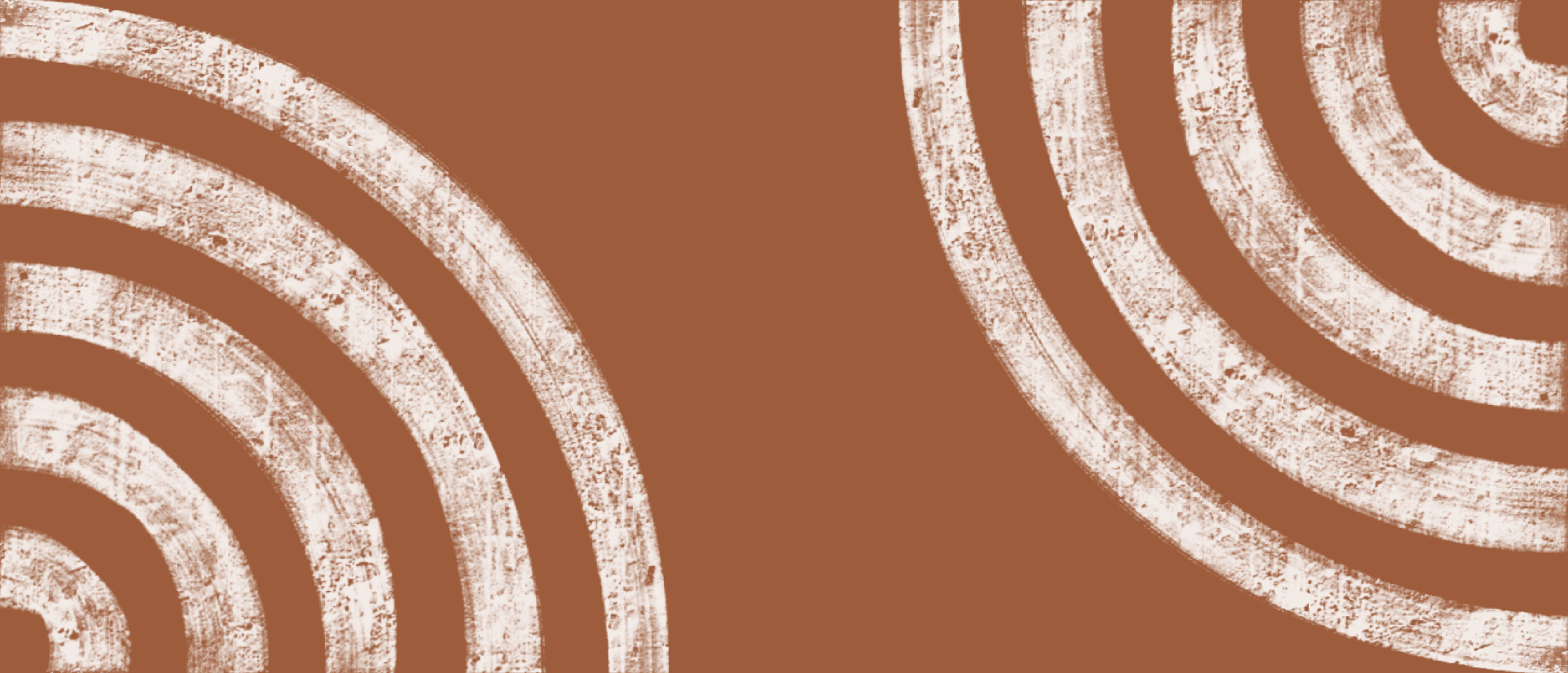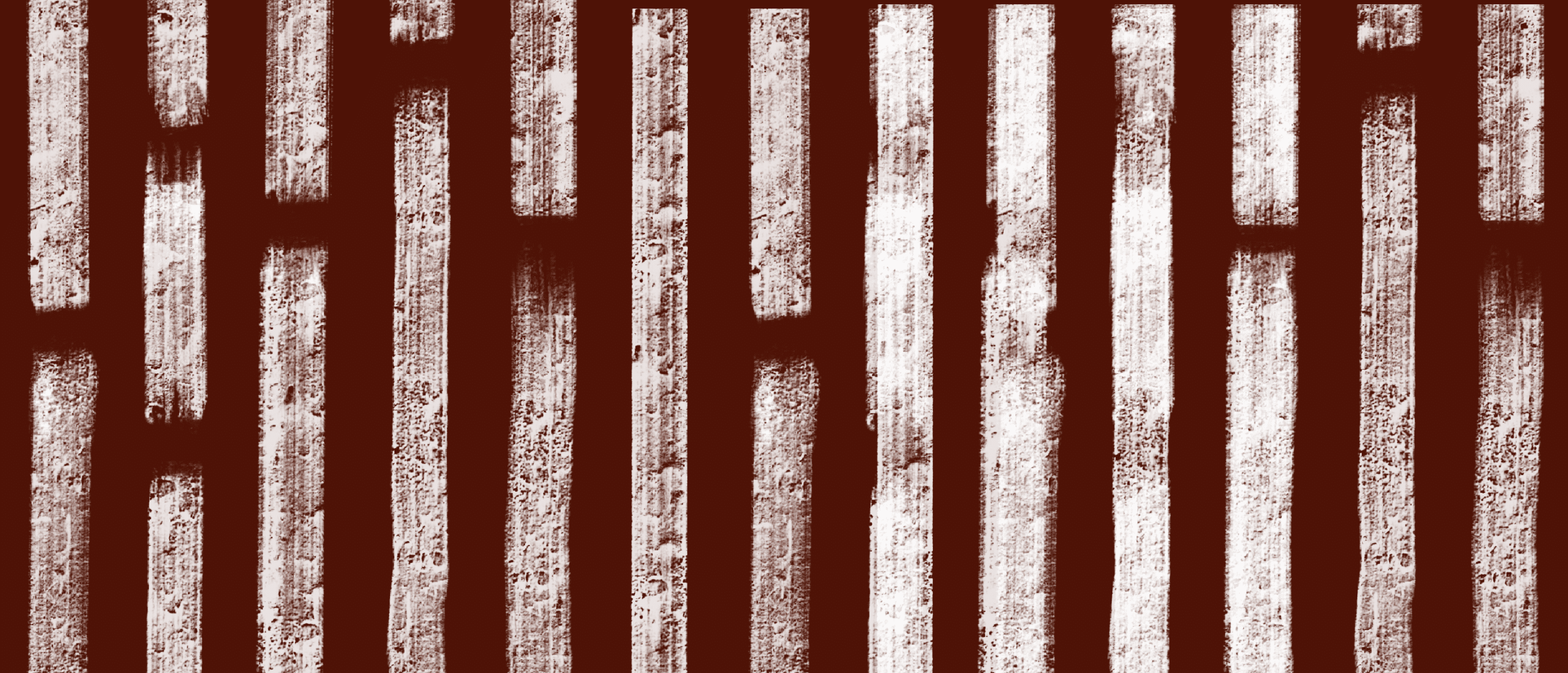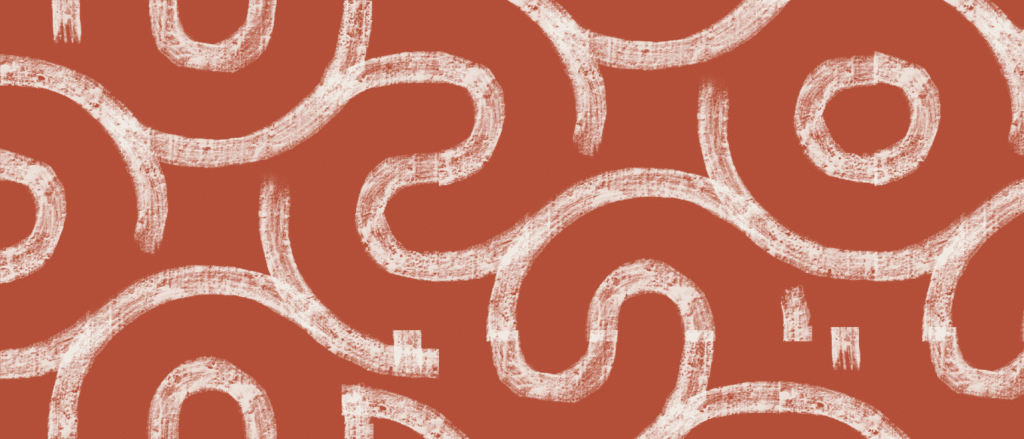
Richard Rohr emphasizes how the desert mystics were not just seeking a change in lifestyle but a change in consciousness:
The desert fathers and mothers emerged in the early centuries after Jesus. Despite their seeming primitiveness and asceticism, they often demonstrated an amazing awareness of the connection between the one seeing and what is seen. In this regard, they are similar to Zen Buddhists in their simplicity, stories, and insight. The Syrian deacon Evagrius Ponticus (c. 345–399), who is sometimes called the grandfather of what became the Enneagram, says that “When the passions are aroused in the non-rational part of our nature, they do not allow the intellect to function properly.” [1] He and many others make this insight foundational to their understanding of the science of prayer.
The seeking of “dispassion” or apatheia for ancient solitary monastics referred to the inner peace and contentment that they discovered through their profound experience of what they often called “prayer of quiet,” building on Jesus’ talk of “going to your inner room” and “not babbling on like the pagans do” (see Matthew 6:6–8). In this early period, “prayer” didn’t refer to some kind of problem-solving transaction between humans and God, nor was it about saying words to God. It was quite literally “putting on a different thinking cap,” as the nuns used to say to us. It seems that it wasn’t “thinking” at all, as we now understand it, because such thinking is too often just reacting to or writing repetitive commentaries on the moment.
For these desert mothers and fathers, prayer was understood not as a transaction that somehow pleased God (the problem-solving understanding of prayer that emerged much later), but as a transformation of the consciousness of the one who was doing the praying. Prayer was the awakening of an inner dialogue that, from God’s side, had never stopped. That’s why the Apostle Paul could speak so often of praying “always” (1 Thessalonians 5:17). In simple words, prayer is not changing God’s mind about us or anything else but allowing God to change our mind about the reality right in front of us—which we are usually avoiding or distorting.
“Dispassion” was the desert mothers’ and fathers’ notion of freedom and salvation, long before we devolved into the much-later notion of salvation as being transported to another realm. For many today, God is seen—and used—as a partner in our private evacuation plan more than any Love Encountered that transforms mind or liberates heart. This is revealed in the little, if any, concern that many Christians show for justice, the earth, or the poor. The fruits of love are often not apparent in them, and not even of much interest to many of them.
I now believe that the other reality we are rightly seeking is not elsewhere or in the future but right in our own hearts and heads! If we put on an entirely different mind, then heaven takes care of itself and, in fact, begins now.
References:
[1] Evagrius, On Prayer 51. See The Philokalia, vol. 1, ed. and trans. G. E. H. Palmer, Philip Sherrard, Kallistos Ware (Faber and Faber, 1979), 61.
Adapted from Richard Rohr, Just This (CAC Publishing, 2017), 15–18.
Image credit and inspiration: Krn Kwatra, Untitled (detail), 2022, photo, Oman, Unsplash. Click here to enlarge image. Like the desert mothers and fathers, a person walks into the desert to find solitude and inspiration.
Story from Our Community:
When thinking about the desert mothers and fathers, it strikes me that they must have relied on each other for survival. I can’t help but think that this aspect of their lives added to their spiritual journey. Maybe it was even an ideal situation to apply the teachings they lived with and relied on. It’s so easy to survive separately from each other these days. We stay in our heads without actually reaching out to each other and applying some of the most powerful and difficult lessons of contemplative wisdom.
—Jane M.




